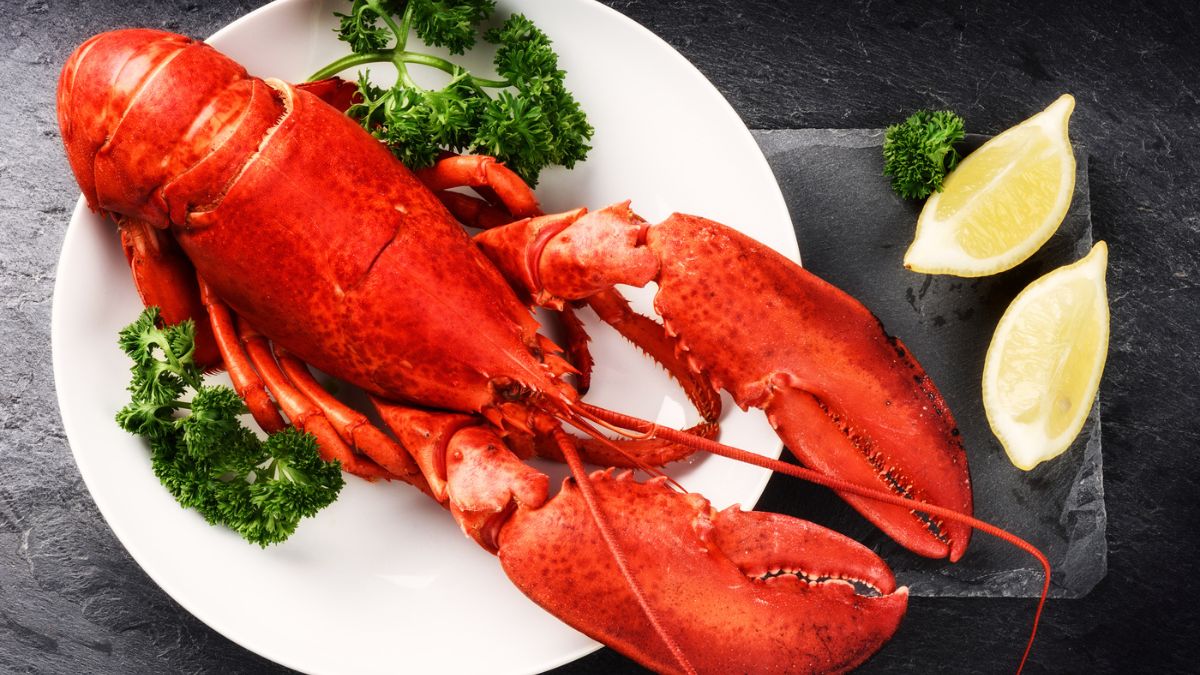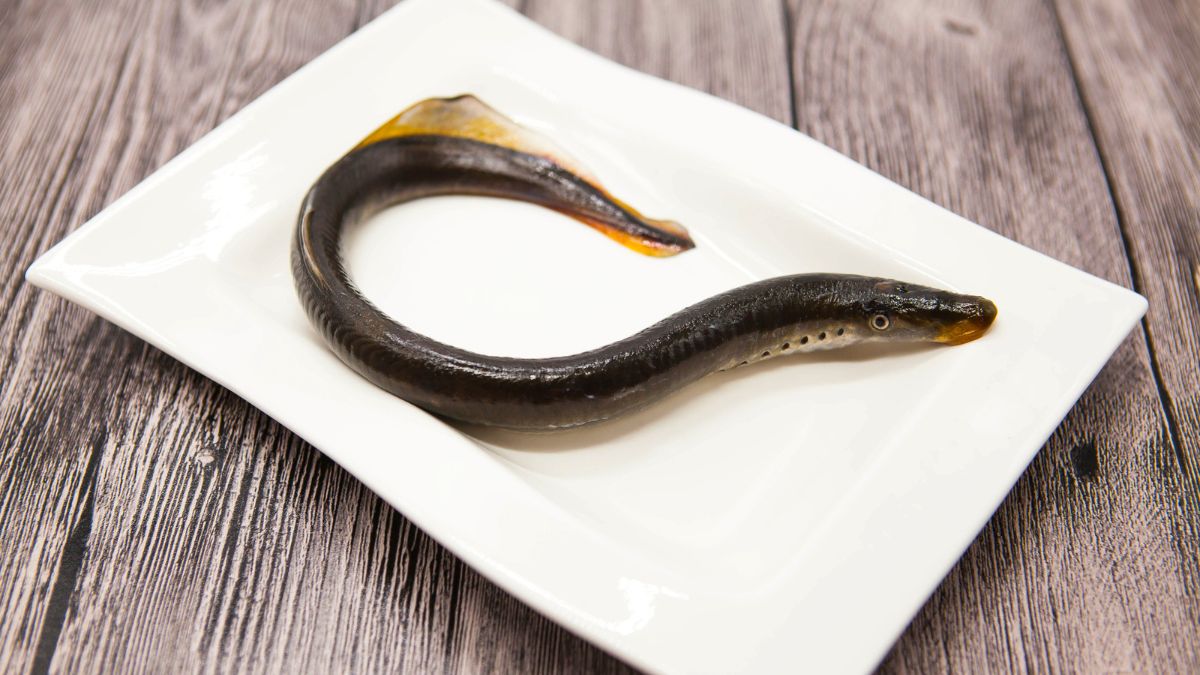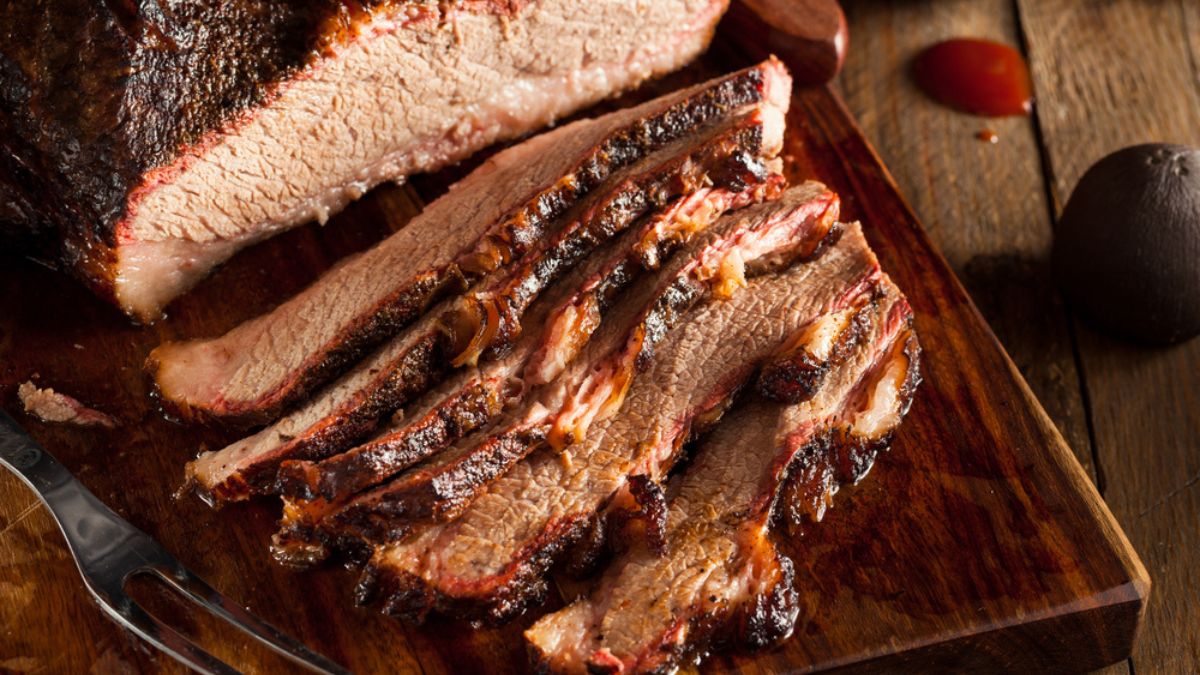20 Meals That Are No Longer Affordable

If you’re old enough, you likely know about many meals that were once inexpensive but have now become expensive due to factors such as scarcity and climate change.
1. Foie Gras

This pâté made from goose or duck liver was once an economical option back then. However, raising ducks and geese is costlier and more time-consuming than raising chickens. Moreover, the controversial force-feeding process to enlarge their livers adds to production costs. Bans on force-feeding in some countries limit farms, increasing the rarity of foie gras hence the increasing prices over time.
2. Quinoa

Originating from South America, this tiny grain experienced a surge in popularity
globally. This increase in demand has led to increased prices due to its lengthy cultivation process and transportation costs. While initial spikes in price benefited Andean farmers, the prices eventually fluctuated, but its popularity and health benefits ensured a steady price, never reverting to its original price.
3. Wagyu Beef

Initially considered a cheap food, wagyu beef, especially A5 Kobe, is now among the most expensive steaks globally. The 20th century saw the transformation of these breeds, from imports to recognized Japanese breeds. Marketing strategies in the 1980s and 1990s furthered its global appeal, leading to increased demand and prices.
4. Caviar

Once abundant and served freely, caviar’s high price today results from unsustainable fishing methods and the lengthy time female sturgeons take to produce eggs. The allure of this luxury item and its high demand have both led to the ever-increasing prices of caviar meals.
5. Oysters

Oysters, once a humble snack, rose in popularity during the 19th century but suffered due to overfishing, pollution, and disease outbreaks. Ethical and sustainable cultivation practices increased their price over time, making them a premium seafood choice today.
6. Garlic

Garlic was an abundant crop prior to the pandemic that disrupted the global supply chain, increasing demand while import challenges and environmental factors impacted harvests. While prices rose temporarily, the abundance of garlic should eventually stabilize prices, but they may never go back to the pre-pandemic prices.
7. Snails

Once abundant and affordable, certain species of land snails, like the Burgundy snail, are now delicacies due to their unique flavor and the effort required to prepare them. Prices vary based on factors like type, quality, and demand.
8. Lobster

Lobster used to be so plentiful even fed to cats. However, it has now transitioned into an expensive meal due to improvements in cooking methods. Limited supply from annual lobstermen harvests and the time it takes for lobsters to grow to market size also contribute to fluctuating prices.
9. Eel

Once an easily accessible and affordable item in Japanese cuisine, overfishing and high demand caused a drastic decline in the eel population, leading to its inclusion on the endangered list. Ultimately, the eel has transformed into a high-quality, high-priced ingredient, no longer accessible for a bargain.
10. Skirt Steak

Skirt Steak was initially a budget-friendly option but has gained popularity due to Tex-Mex restaurants’ rise and the sizzling allure of fajitas. Recent increases in meat prices, especially during the pandemic, and the recognition of skirt steak’s versatility have led to its current higher cost despite its tougher texture.
11. Sweetbreads

Once considered a throwaway byproduct, sweetbreads, especially from the thymus glands of lambs or calves, became more valuable when chefs recognized its delicious flavor when cooked correctly. Its newfound demand transformed it from a peasant-class item to a prized menu ingredient in fancy restaurants.
12. Monkfish

Monkfish were known for their unattractive appearance and were previously discarded by fishermen. However, recent years saw a shift in perception, and monkfish became popular for their taste, often compared to lobster or scallops. Its status as a meaty fish that’s easier to prepare compared to other varieties led to the rise in demand and subsequent price hikes.
13. Lamb

Due to various factors like limited meat yield per animal, grass-fed rearing, and lower usable meat percentage per animal, lamb prices have increased significantly in recent years. Droughts affecting livestock production and a decrease in the number of lambs slaughtered have also further contributed to its record-high prices.
14. Sushi

Such was originally a simple and fresh fast-food option in Japan. However, its evolution into an upscale dining experience drove its association with wealth in the U.S. High-quality fish and rising prices have also contributed to sushi being considered a premium meal, contrasting with its historical roots.
15. Oxtail

Oxtail was once a disregarded cut, but it has now surged in popularity, leading to increased prices at meat counters. Its scarcity and the proportion of bone in the cut contribute to its high cost despite requiring slow cooking methods.
16. Brisket

Briskets were a quintessential element of Texas barbecue and various cuisines before their popularity surged, leading to a rise in price due to limited availability (each cow has only two briskets).
17. Salmon

Despite being abundant historically, salmon’s popularity surge, especially with sushi rolls featuring it, led to increased demand. Overfishing and the transition to farm-raised salmon also contributed to its elevated price and concerns about ethical sourcing and mislabeling.
18. Rabbit

Rabbits used to be a cheap and abundant protein source, but have now become costlier to produce. They require more care, individual attention, and space compared to factory-farmed animals like chickens or pigs, resulting in a higher price per pound for rabbit meat.
19. Polenta

Polenta used to be a staple for peasants and the working class. However, its increased popularity and perception as a trendy starch have raised its price. While it’s made from simple ingredients like cornmeal, the labor-intensive cooking process and its portrayal as a more upscale option in restaurants have contributed to its higher cost compared to other starches.
50 Super Simple Side Hustle Ideas

50 Super Simple Side Hustle Ideas (& How to Make Them Work)
10 Frugal Lessons I Learned From Being Flat Out Broke

10 Frugal Lessons I Learned From Being Flat Out Broke
How To Make Money Without a Job

How To Make Money Without a Job
Creative Ways To Make Money

20 Easy Ways to Raise A Credit Score Fast

Read More: 20 Easy Ways to Raise A Credit Score Fast
Frugal Living Tips: The Essential Guide To Start Saving Money

Frugal Living Tips: The Essential Guide To Start Saving Money






